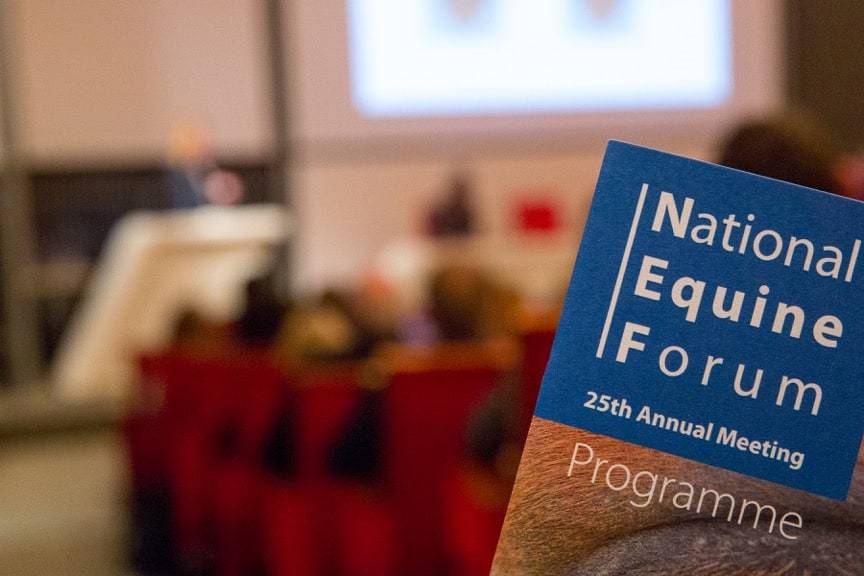
Make Brexit an Opportunity, British Equine Industry Says
Panelists discussed the potential impact on equine trade, identification, biosecurity, competition travel, and more.

Panelists discussed the potential impact on equine trade, identification, biosecurity, competition travel, and more.

Farriers need to observe a horse thoroughly, head to tail, to determine how to best trim and shoe him.

What kind of diet should a horse with HYPP consume to help keep clinical signs at bay?

Early diagnosis could allow vets to implement management strategies, such as restricted exercise, that promote healing.

Loos is studying muscle protein metabolism and how factors like exercise, diet, and disease impact muscle development.

Tailored rehab plans and frequent veterinary checks are just two pieces of the rehabilitation puzzle.

Anti-nerve growth factor has been shown to have significant pain-relieving effects in other species.

Of the 665 respondents, 220 (33%) said their horses receive chiropractic care on a routine basis.

The gene appears to affect horses’ muscular ability to carry out specific gaits, such as the tolt in Icelandics.

Many navicular horses have benefited from bisphosphonate treatment, but some questions remain about these medications.

Ultrasonography allowed researchers to detect subclinical lesions in young foals and implement treatment promptly.

Dr. Elizabeth Santschi recaps studies on fracture recovery, joint injections, sarcoid treatments, and more.

Researchers found that meropenem can be useful, but should only be used when other antibiotics have failed. Here’s why.

While not frequently diagnosed, equine muscle injuries can cause pain, lameness, and poor performance in horses.

Horses with exertional myopathies can benefit from dietary modifications as well as consistent targeted exercise.

Thermography is a noninvasive, safe, and cost-effective diagnostic imaging tool used in equine health care.
Stay on top of the most recent Horse Health news with
"*" indicates required fields